Einstein’s Greatest Legacy
How the demons and angels of our greatest minds advanced science.
Image credit: Luis Royo Fantasy Art, via Photobucket user mikenolan78.
When most people think of Einstein, they think of his great achievements: Special and General Relativity, E = mc^2, the photoelectric effect and quantum entanglement. Yet none of these are his greatest legacy, nor even are the slices of his brain used to advance our understanding of neuroscience. Instead, his greatest legacy is simply a word: Gedankenexperiment, German for “thought experiment.”
Einstein, like no other physicist before or after him, demonstrated how the power of human thought alone, used skillfully, can allow us to consider experiments that could never be practically performed. This line of thinking, these experiments performed only in our imaginations, showed we little humans often have the power to deduce equations that govern the natural world by logical deduction alone.
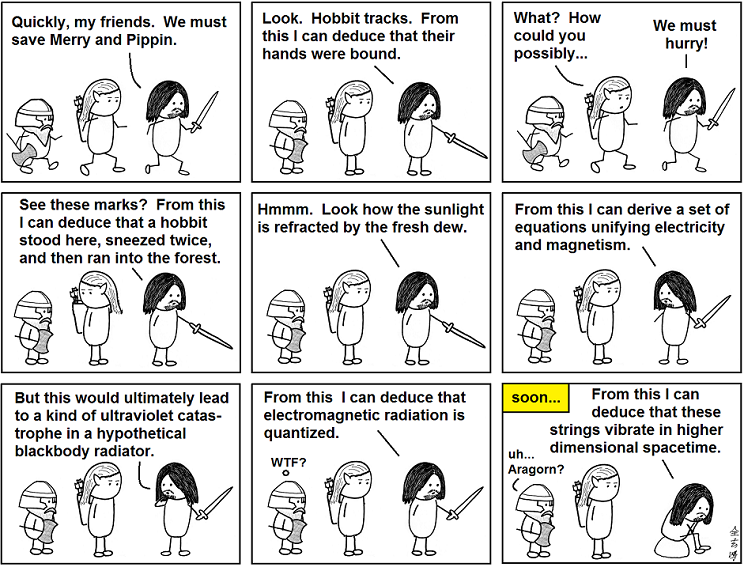
Thought experiments are common in theoretical physics today. Physicists use them to examine the consequences of a theory beyond that what is measurable with existing technology, but still within the realm of that what is in principle measurable by experimentation. A thought experiment pushes a theory to its limit and thereby can reveal inconsistencies or novel effects. The rules of the game are twofold:
- What is relevant is only that what is measurable, and
- You must not fool yourself.
This isn’t as easy as it sounds.
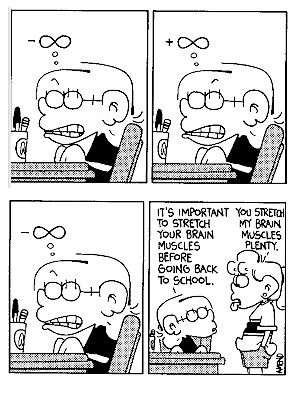
The famous Einstein-Podolsky-Rosen experiment was such an exploration of the consequences of a theory — in this case quantum mechanics — using thought alone. In a seminal paper from 1935, the three physicists showed that the standard Copenhagen interpretation of quantum mechanics has a peculiar consequence: it allows for the existence of “entangled” particles.
Entangled particles have measurable properties (e.g., spin) that are correlated between two particles. This correlation exists even though the value for each single particle is not determined as long as they are not measured. For example, you can know that if one particle has spin up the other one has spin down or vice versa, but not know which is which. The consequence is that if one of these particles is measured, the state of the other one changes instantaneously. The moment you measure one particle having spin up, the other one must have spin down, even though it did, according to the Copenhagen interpretation, not previously have any specific spin value.
Einstein believed that this ‘spooky’ action at a distance must be nonsense, leading to decades of discussion. John Stewart Bell later quantified exactly how entangled particles are more strongly correlated than classical particles could ever be. According to Bell’s theorem, quantum entanglement can violate an inequality that bounds classical correlations.
When I was a student, tests of Bell’s theorem were still thought experiments. Today, they are real experiments, and we know beyond a doubt that quantum entanglement exists. It is at the basis of quantum information and quantum computational technologies, and chances are strong that the leading technologies of the coming generations will build upon Einstein, Podolsky and Rosen’s thought experiment.
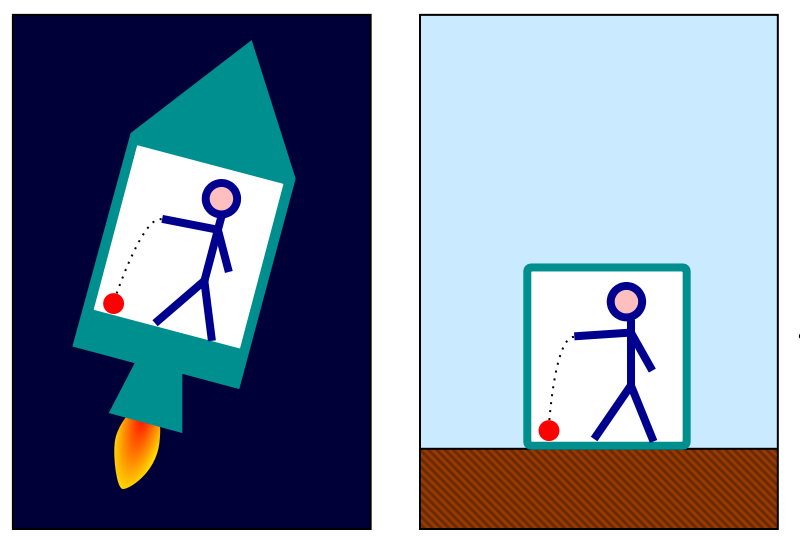
Another famous thought experiment is Einstein’s elevator being accelerated by an angel. Einstein argued that, to an observer inside the elevator, one cannot tell, by any possible measurement, whether the elevator is at rest in a gravitational field or is being pulled up with constant acceleration. This principle of equivalence means that locally (in the elevator) the effects of gravitation are the same as that of acceleration in the absence of gravity. Converted into mathematical equations, it becomes the basis for General Relativity.
Einstein also liked to imagine chasing after photons and he seems to have spent a lot of time thinking about trains and mirrors and so on, but let us look at some other physicists’ thoughts.
Before Einstein and the advent of quantum mechanics, Laplace imagined an omniscient being able to measure the positions and velocities of all particles in the universe. He concluded, correctly, that based on Newtonian mechanics this being, named “Laplace’s demon,” would be able to predict the future perfectly for all times. Laplace did not know back then of Heisenberg’s uncertainty principle and neither did he know of chaos, both of which spoil predictability. However, his thoughts on determinism were hugely influential and lead to the idea of a clockwork universe, and our understanding of science a prediction tool in general.
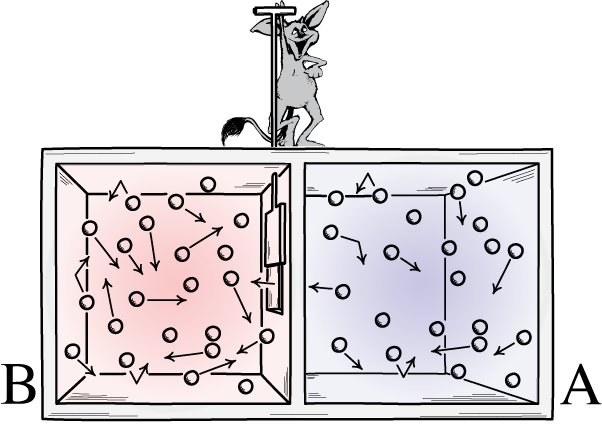
Laplace’s is not the only famous demon in physics. Maxwell also imagined a demon, one that was able to sort particles of a gas into compartments depending on the particles’ velocities. The task of Maxwell’s demon was to open and close a door connecting two boxes that contain gas which initially has the same temperature on both sides. Every time a fast particle approaches from the right, the demon lets it through to the left. Every time a slow particle arrives from the right, the demon closes the door and keeps it right. This way, the average energy of particles and thus the temperature in the left box increases, and entropy of the whole system decreases. Maxwell’s demon thus seemed to violate the second law of thermodynamics!
Maxwell’s demon gave headaches to physicists for many decades until it was finally understood that the demon itself must increase its entropy or use energy while it measures, stores, and eventually erases information. It has not been until a few years ago that Maxwell’s demon was in fact realized in the laboratory.
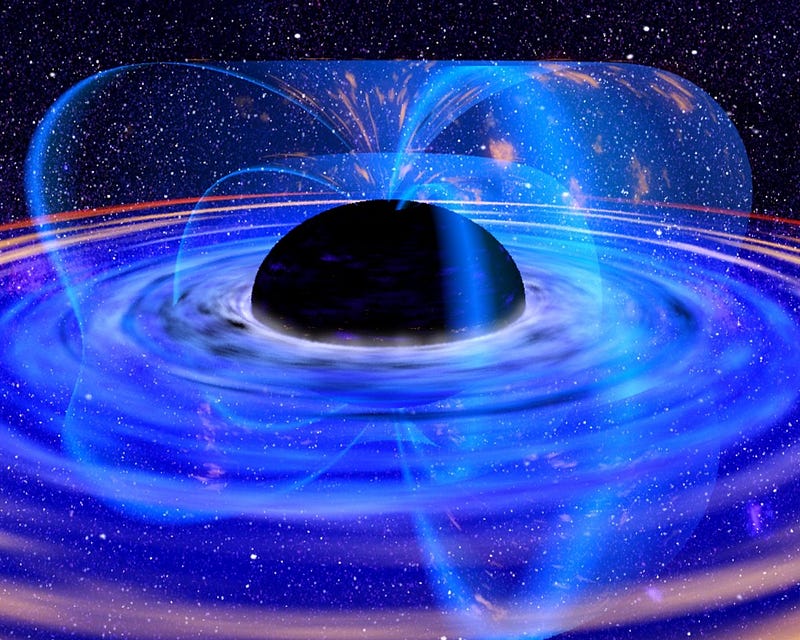
A thought experiment that still gives headaches to theoretical physicists today is the black hole information loss paradox. If you combine general relativity and quantum field theory, each of which is an extremely well established theory, then you find that black holes evaporate. You also find however that this process is not reversible; it destroys information for good. This however cannot happen in quantum field theory and thus we face a logical inconsistency when combining the two theories. This cannot be how nature works, so we must be making a mistake. But when and where are we mistaken?
There are many proposed solutions to the black hole information loss problem. Most of my colleagues believe that we need a quantum theory of gravity to resolve this problem and that the inconsistency comes about by using general relativity in a regime where it should no longer be used. The thought experiments designed to resolve the problem typically use an imagined pair of observers, Bob and Alice, one of which is unfortunate to have to jump into the black hole while the other one remains outside.
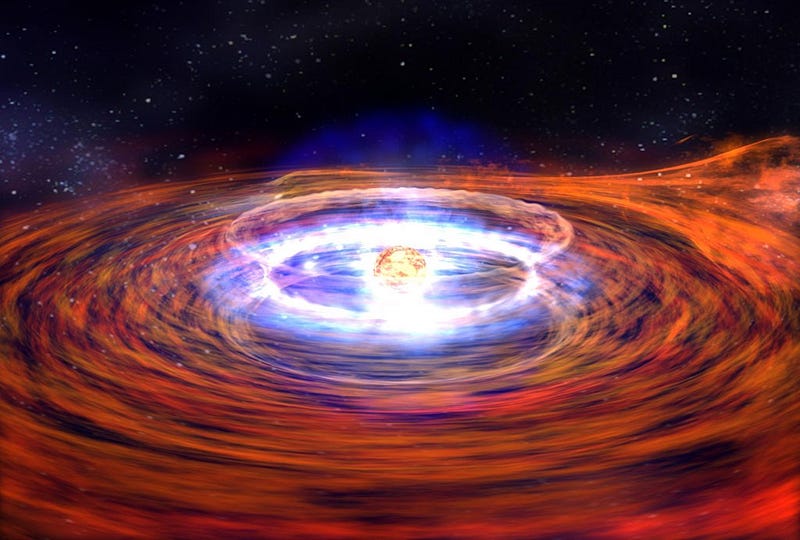
One of the presently most popular solution attempts is black hole complementarity. Proposed in 1993 by Susskind and Thorlacius, black hole complementarity rests on the Gedankenexperiment main rules: that what matters is only what can be measured, and you shall not fool yourself. One can avoid information loss in black holes by copying information and let it both fall into the black hole and go out. One copy remains with Bob, one goes with Alice. Copying quantum information, however, is itself inconsistent with quantum theory. Susskind and Thorlacius pointed out that these disagreements would not be measurable by either Bob or Alice, and thus no inconsistency could ever arise.
Black hole complementarity was proposed before the AdS/CFT duality was conjectured, and its popularity sparked when it was found that the doubled presence of information (non-locally) seemed to fit nicely with the dualities that arose in string theory.

Recently, though, it has become clear that this proposed solution has its own problems because it seems to violate the equivalence principle. The observer who crosses the horizon should not be able to notice anything unusual there. It should be like sitting in that elevator being pulled by an angel. Alas, black hole complementarity seems to imply the presence of a “firewall” that would roast the unsuspecting observer in his elevator. Is this firewall for real or are we making a mistake again? Since the solution to this problem holds the promise of understanding the quantum nature of space and time, much effort has focused on solving it.
Yes, Einstein’s legacy of thought experiments weighs heavily on theoretical physicists today, maybe too heavily at times. Einstein’s thoughts were based on real experiments. He had Michelson-Morley’s experiments that disproved the aether; he had the perihelion precession of Mercury; he had the measurements of Planck’s radiation law. Thought alone only gets one so far. In the end, it is still data that decides whether a thought, no matter how profound, can become relevant to reality or remain strictly a fantasy.
This post was written by Sabine Hossenfelder, assistant professor of physics at Nordita. She tweets at @skdh, and you should follow her.
Leave your comments at the Starts With A Bang forum on Scienceblogs.





